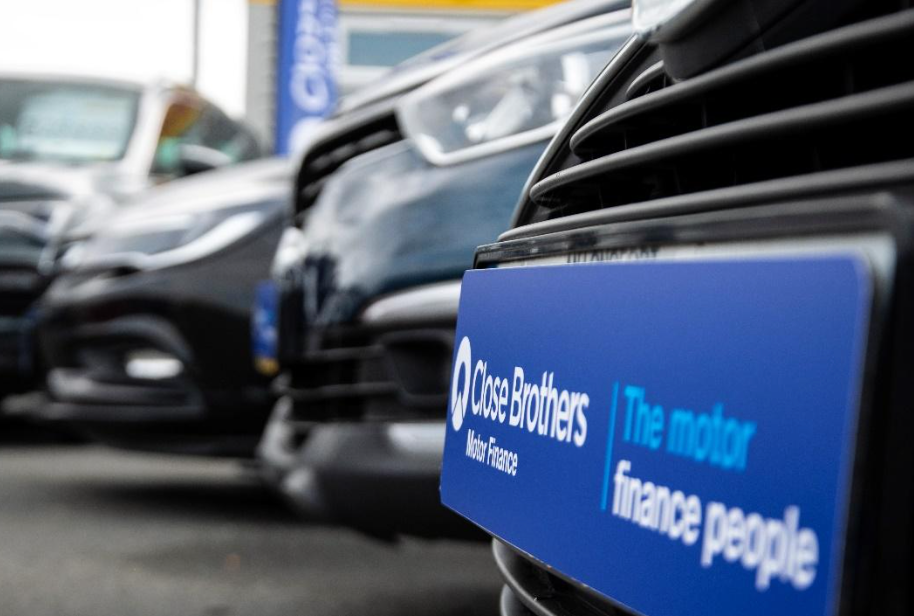Interactions between customers and IoT-connected devices yield two primary business opportunities for financial services companies.
The first, and most apparent, is the ability to embed products and services into user interfaces and applications, ultimately boosting revenue. The second is the treasure trove of customer insights that can be extracted from user-generated data and the subsequent opportunities for more nuanced personalisation. Historically, banking and payment companies have predominantly focused on the former, while insurance companies have leaned into both.
While there is scope for incumbent financial services companies to sell proprietary Internet-of-Things (IoT) devices that include mobile point-of-sale (mPoS) systems or telematics equipment for cars, the majority of IoT integration across the sector occurs via third-party consumer electronics devices such as mobile phones, laptops, and smartwatches. The natural prowess for these devices lies with Big Tech players such as Google, Apple, and Samsung Electronics. These companies will continue to support IoT-related use cases across the sector.
Banking and payments
IoT in banking was often viewed cynically as a vendor construct that was pushed onto the industry, as the use cases were always more compelling for other verticals that had more ‘things’ to connect, notably the insurance industry which has integrated the technology across almost all products and offerings.
Speed and convenience are the driving forces behind the adoption of IoT in payments. IoT payment devices can be split into two broad categories: those that deliver payments (e.g. mobile phones, smartwatches, and contactless cards) and those that accept payments (e.g. point-of-sale terminals and appliances). While most of the innovation has occurred in payment delivery, several companies have started exploring more ambitious ideas for accepting payments. Societe Generale and NatWest have experimented with the use of biometrics to accept payments. Worldcoin, launched in July 2023, uses orbs placed in popular locations to take a user’s iris scan in exchange for crypto tokens. Some companies like Walletmor have created implantable payment chips that allow users to execute transactions using body parts like hands or arms, although adoption of these devices has been limited.
Retail banking has been less eager to deploy IoT devices across everyday operations. Beacons, which are small Bluetooth-based transmitters that connect with smart devices nearby, have allowed branches to personalise their customer services and gain instant feedback from their clients. When a customer walks into a branch, banks can decide who should serve them based on their profile and needs. However, many banks are still experimenting with the technology or have abandoned it altogether. Opportunities exist for wealth managers to contextualise money management services using IoT devices, but this has been largely unexplored.
Insurance
IoT has already made a significant impact on the insurance industry. IoT enables insurers to gather real-time data and offer more personalized policies. It can also help improve consumer behaviours and consequently reduce risk.
Applications of IoT in life insurance largely centre on medical IoT devices (e.g., smartwatches, smart inhalers, clothes, and toothbrushes) and interfaces that connect to healthcare IT systems through online networks. This technology is pervasive for setting prices or adjusting claims. Insurers can detect health issues early, profile risk in real time, reduce large claims, and create more personalised marketing and services. Customers can therefore become cheaper to insure and insurers can offer discounts or rewards in exchange for healthy habits or improved physical or mental health.
IoT also enables non-life insurers to gather real-time data and enhance risk assessment and pricing models. Connected cars, smart home sensors, and wearables can monitor policyholders’ behaviour and asset conditions, ultimately leading to more accurate underwriting.
Outlook
Most IoT use cases have been fully exploited across the financial services sector. Although connected devices still provide financial services companies with valuable insights, the future competitive advantage lies in integrating IoT alongside other technologies. Many financial services companies have explored the use of IoT in conjunction with blockchain and smart contract technology. In addition, the growing sophistication of generative AI could prove crucial for effectively conveying insights from IoT devices in natural language to customers and clients








